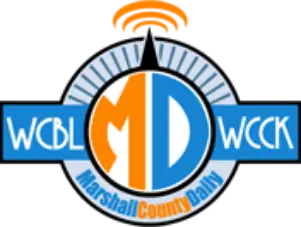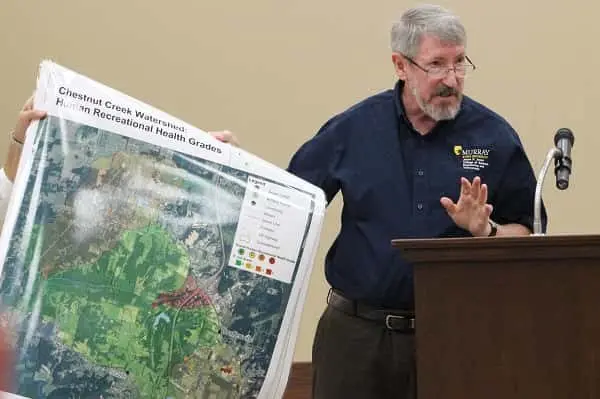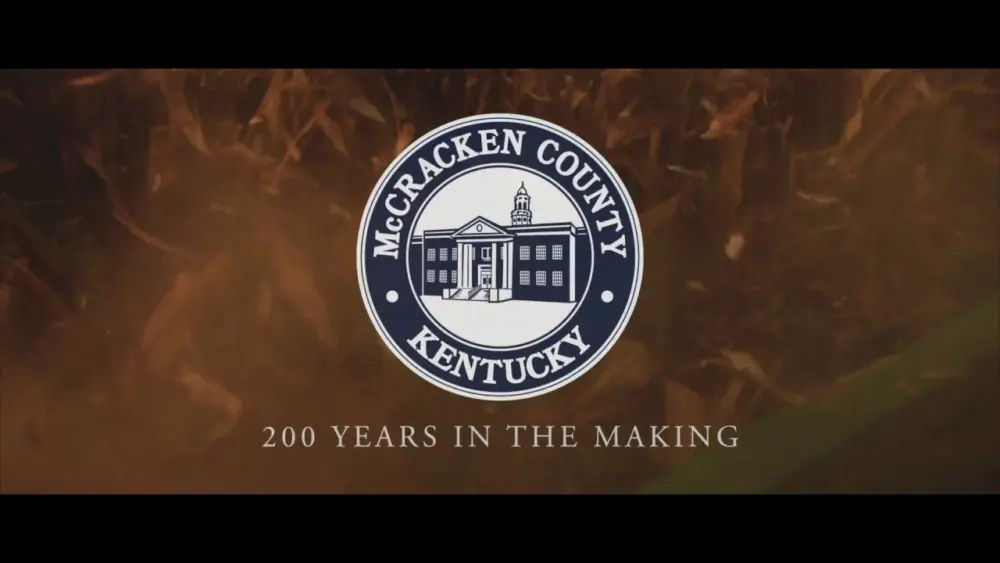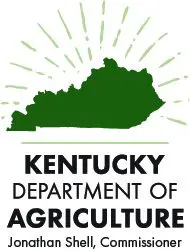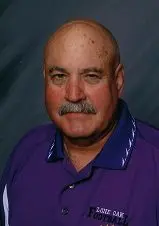
BENTON – Ray Stainfield, president of Friends of the Clarks River Refuge, a non-profit group that volunteers their time to assist their local refuges in meeting the goals and mission of the U.S. Fish and Wildlife Service, made opening remarks on behalf of the Friends group at Tuesday’s Fiscal Court meeting.
The Friends group pursued an EPA grant to study Chestnut Creek and develop a plan to address the water quality problems, due to concerns about water health in Clarks River Watershed.
Three areas concentrated in the study were Human Recreation, Aquatic Wildlife Heath and Flooding and Water Quality Pollution with health grades given in these areas that showed the percentage that exceeded healthy levels.
The study found that human recreation in Chestnut Creek is unsafe due to the presence of E. coli that exceeds safe limits set by the Kentucky Division of water, caused in part by sewer systems and runoff sources.
In the area of Water Quality Pollution, the study found concentrations of conductivity, oxygen, ammonia, nitrogen and phosphorus that exceeds healthy water conditions at one or more sites and found that the aquatic wildlife of Chestnut Creek is not as diverse as would be expected in a healthy stream.
Stanfield, was joined by Murray State University professor Dr. Mike Kemp, Four Rivers Basin Coordinator Maggie Morgan and Wildlife Biologist with the Department of Fish and Wildlife Services, Andy Radomski, who are all part of a team put together by the Friends group that has collected data and is working to find solutions and get the information out on the state of the Clarks River water quality, specifically targeting the Chestnut Creek area.

“In 2005, Murray State collected data that showed that Chestnut Creek has water quality problems”, Stanfield said. “Because of concern for the Refuge, the Friends group decided to complete a water sieve project to foster stewardship with the community to restore and maintain the health of Chestnut Creek. We are at a phase now where we need the community to tell us what solutions they are willing to incorporate on their property.”
Solutions and grants are being sought and there will be a public meeting on August 27th at 6:00 pm at the Benton Library, hoping to get community involvement to seek solutions to the water quality issue.
Since 2012, they have collected and evaluated data from the creek and briefly explained their findings at the Fiscal Court meeting.
Dr. Mike Kemp, a professor at Murray State in the Civil Engineering Technology program, said Murray State was asked by the Friends group to help with data and mapping.
Kemp highlighted the overall water quality data, giving grades to certain areas, best shown on maps they provided to the court that showed color coded areas that showed high levels of bacteria, an indication of fecal contamination. The state has certain limits, according to Kemp, and areas on the map that are colored yellow or red, means the water quality exceeds the state limits.
Green on the map is still higher than state limits and show that “ a lot of the bacteria contamination is attributed to many factors including waste-water treatment systems” specifically in the area of three sanitary treatment facilities that are located in the watershed; the Sanitation District #2, the Memory Lane Trailer Court and Marshall County High School.
Erosion is prevalent throughout the watershed as well, attributed to flooding in many cases, with some form of erosion in most of the steams.
“The goal of the project is to take this data and find ways to improve the watershed”, Kemp said.
Maggie Morgan, Four Rivers Basin Coordinator who works directly with the Kentucky Division of Water and assists groups to implement projects and find resources to improve the water quality, said after evaluation of the water quality, they enter into a planning phase to development a management plan for this watershed which was identified by Murray State findings.
“It’s time to talk with the community and say, we need bacteria reduced, here are some different kinds of projects that could be implemented to reduce bacteria.” Morgan said.
Several solutions apply which the group would like to explore with the property owners along the Chestnut Creek area.
The first phase will be an Ag program, with possible additional grants to help residents along the creek area to repair failing septic systems.
The source of money for the first program can go to address run offs and pollution only, but not sanitation districts.
Other sources of funding are available which they plan to explore after the August 27th meeting when they have an idea of what property owners are willing to do.
Andy Radomski, a wildlife biologist with The Department Fish and Wildlife Services, provides technical expertise and solutions to fix issues. Radomski is also a member of the Friends group.
His program provides technical expertise to fix some of the issues and a big part of it is stream side stabilization. His expertise is strictly in conservation and there are financial means as well through his program to help land owners along Chestnut Creek.
The group encourages all interested citizens to attend the August 27th meeting so that together, all parties can come up with solutions to reduce the bacteria levels along Chestnut Creek.
Established in 1997, The Clarks River Wildlife Refuge is the only National Wildlife Refuge in the state of Kentucky. The surface area of the Refuge covers just over 8,000 acres of bottomland hardwood forest, home to 200 different species of migratory birds, waterfowl and diverse wildlife.
Click the link to view a map that outlines the areas of water quality health grades: Chestnut Creek Watershed – Water Quality Health Grades
Click the link to view a map that shows the human recreation health grades: Chestnut Creek Watershed – Human Recreational Health Grades


